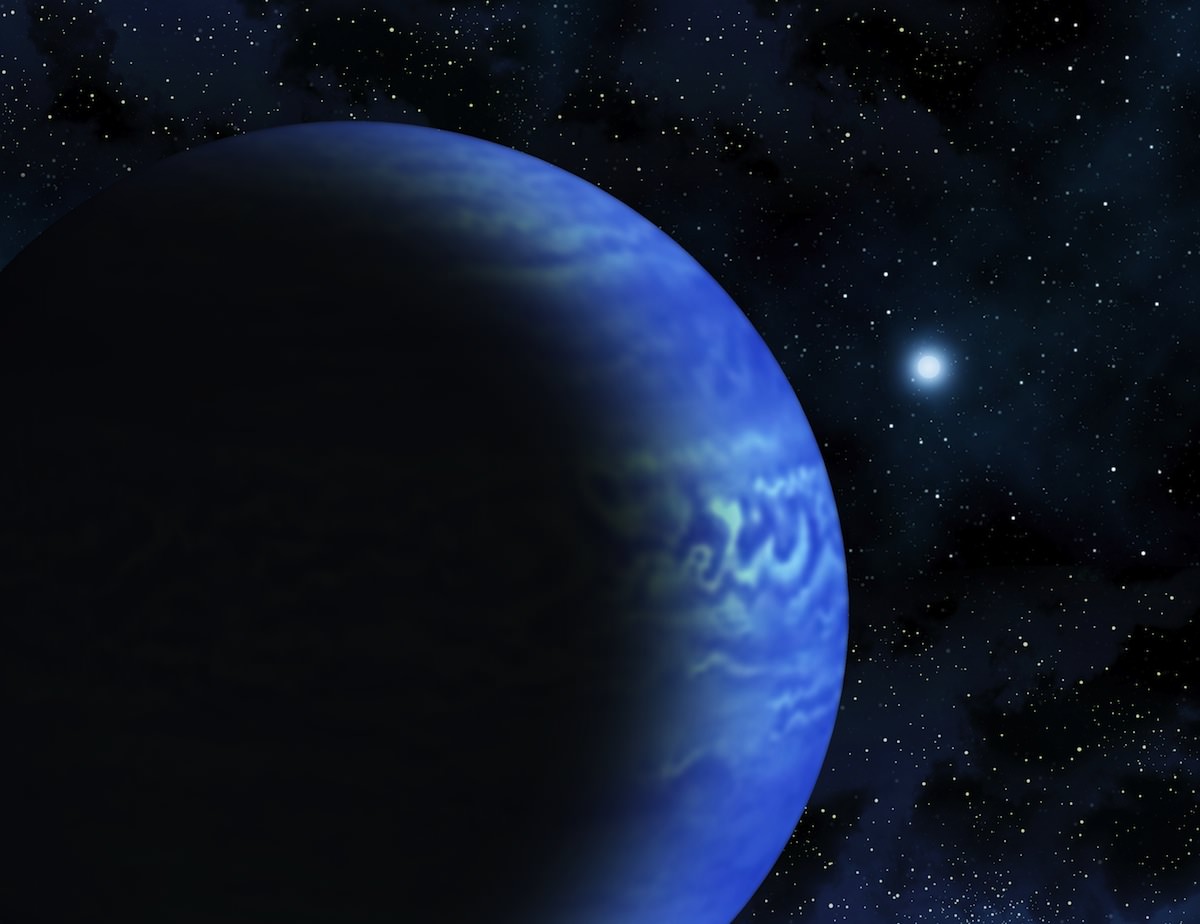
The universe is being incorrectly dated by the Big-bang theory, to be almost as old as the most ancient known discovered stars that become more faint as they cool off until they become black dwarfs impossible to detect at great enough distances and colder temperatures. Kilic of OU college says "A white dwarf is like a hot stove, once the stove is shut off, it cools slowly over time. By measuring how cool the star is, we can tell how long it has been shut off (dead). Both stars WD 0346+246 and J110217.48+411315.4 have been cooling for billions of years."
the COOLEST AND OLDEST white dwarf stars nearby in the visible Universe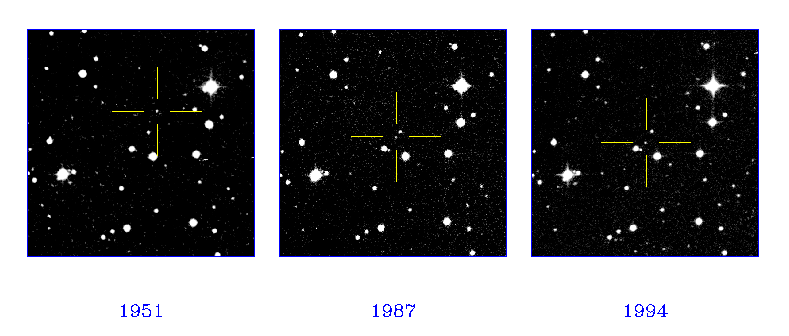 |
| white dwarf WD 0346+246 proper motion near earth is only 100 LY away |
In "A nearby old halo White dwarf candidate from the SDSS" "The cooling time to reach 3,830 degrees kelvin for the white dwarf star SDSS J110217.48+411315.4 is 9.6 billion years assuming 0.6 M (solar mass)." "The white dwarf models could be sufficiently in error to explain the formally poor fit of the pure hydrogen model predictions for J110217.48+411315." "If J110217.48+411315 is a product of common envelope binary star evolution, its age would be greater than the age of the universe unless it is an unresolved double degenerate."
 |
| coolest brown dwarf stars |
Stars trade and swap roque planets by interacting with stellar neighbors or groups. Magnetized plasma bubbles surround the solar systems of stars, that interact with roque planets drifting in the ISM. It is estimated our galaxy contains 100,000 more roque planets than stars. This is strong compelling logic and evidence for the existences of black dwarf stars far older than the big-bang "baby universe" theory. Our solar system bubble extends far out past the orbits of the common known planets. Roque planets drift and orbit around EM field lines, interacting with the charges in the ISM from supernovas and filaments produced by the magnetized winds of supernova shock waves that form stars. Roque planets also interact outside the magnetized solar system bubbles with our local bubble that forms our local star group. This has been occurring for at least hundreds of billions of years, far longer than the big-bang, to explain the innumerable numbers of roque planets.
 |
| Nomad roque planets likely outnumber stars 100,000 to 1 in our galaxy |

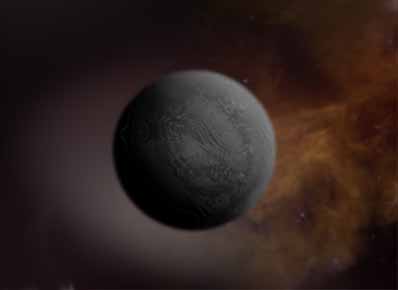
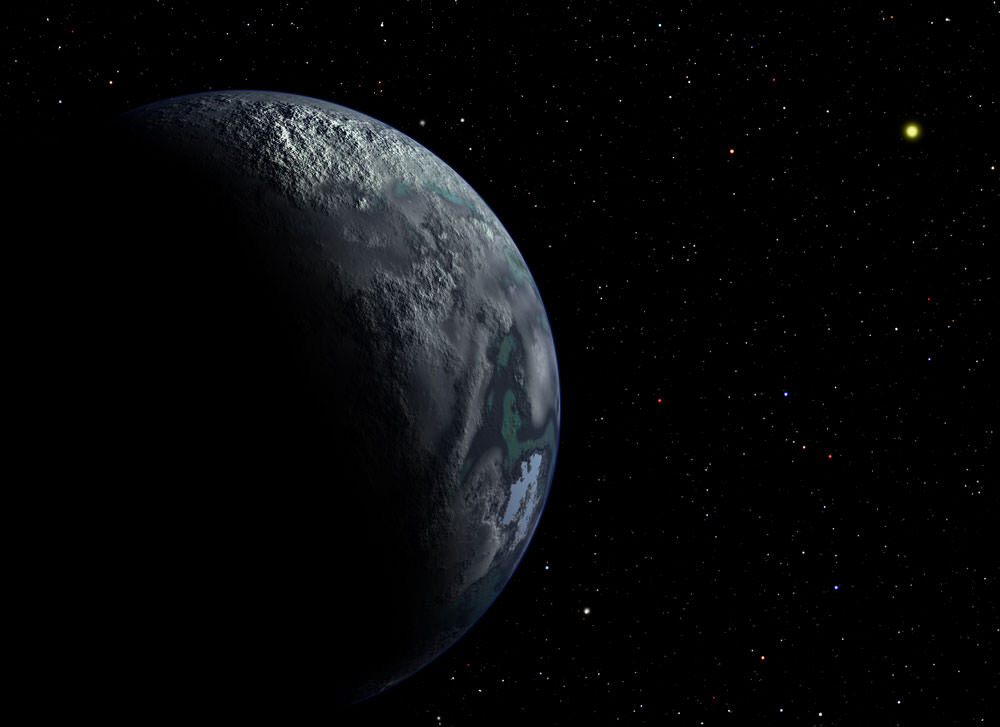
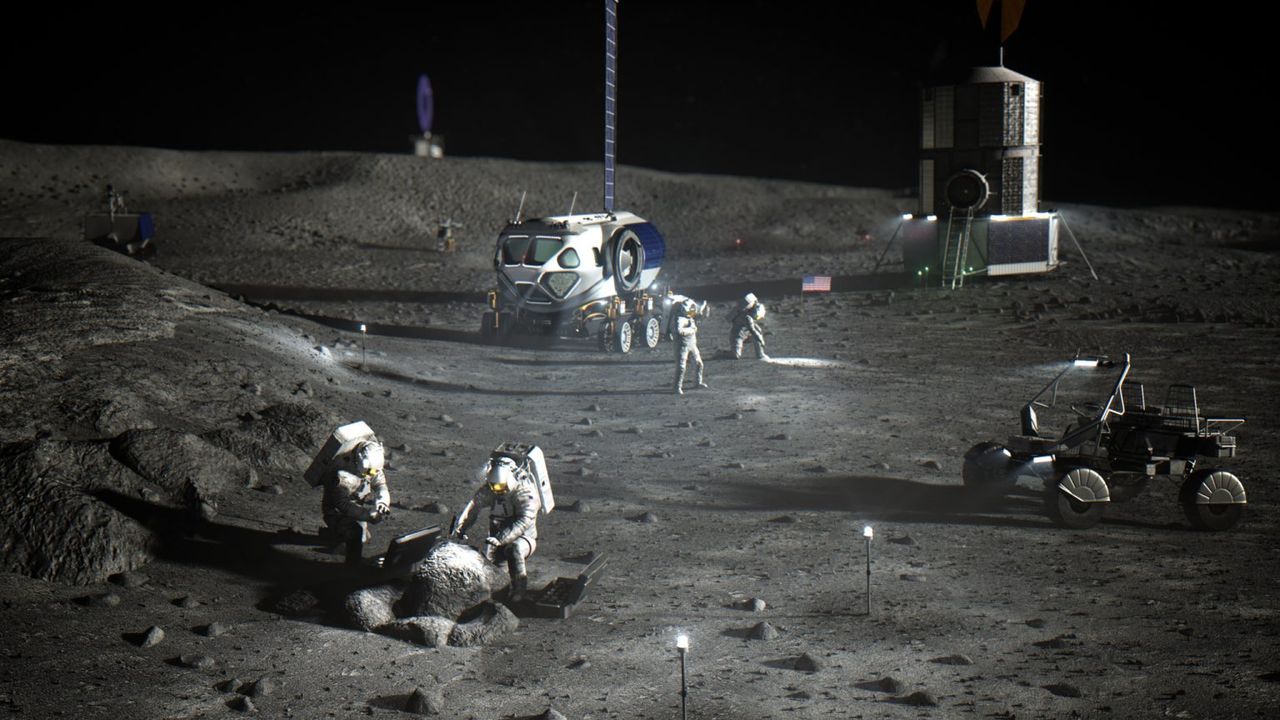




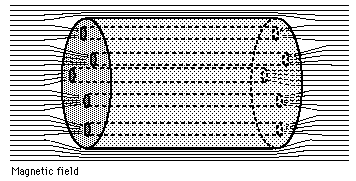
No comments:
Post a Comment